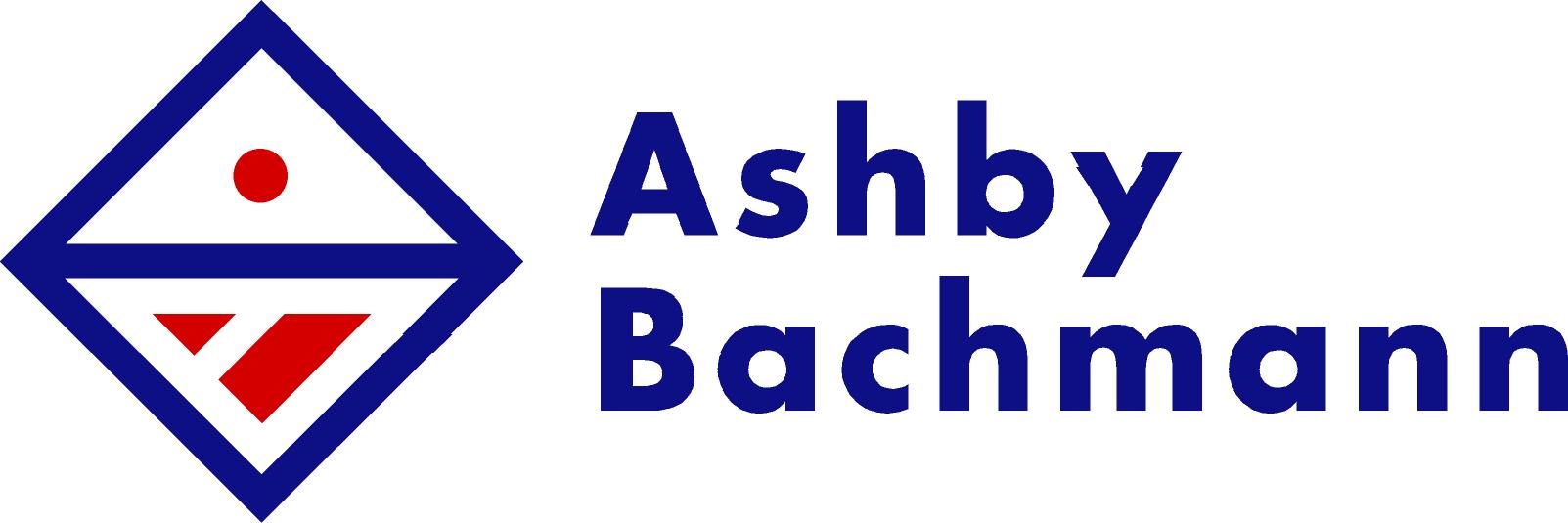OK, so you decided that I need a blog – but you don’t know how to get started…
First of all find the right content management system (CMS) for you and your organization. You want it to be easy to use for the writing, editing and publishing of content. You also want to be able to add photos or video without difficulty.
I have mainly used WordPress (4 blogs)and Blogspot (briefly).
To find the right system ask your colleagues about their experience or you can search the Internet for descriptions of the various blogging platforms and you will find many articles and blogs to help you – such as this list of Top 10 Free Online Blogging Platforms or this article comparing blogging platforms gives you a highly visual look at who is blogging and what platforms they are using.
You have now installed a CMS and you are ready to go but now your creativity is in paralysis. They call that writer’s block- right? When you don’t know what to say…
You know that you have a message. You know a short blog, or series of posts, would be the ideal forum for your message.
First, determine the purpose of your blog. Is it to share information about a product or service? Do you want to replace a newsletter? Do you want to acquire a following for your creative ideas? Maybe you want a personal journal that is shared with a select audience. Determining the purpose is important because it will influence the look and feel as well as the content. It also determines how well you want to be found (which determines privacy settings).
Next, you want to create a type of template or a Content Guide that you will use consistently. You may have more than one if you blog a variety of content (e.g. events vs. information). But generally you will create only one. This template will be even more important if several people blog on the same site (e.g. employees) or you have guest bloggers because it will provide a guideline for the authors. Some blogs are more visual and some are more text-based. This will influence your look and feel.
A Content Template will include:
- Title – This tells the reader what the blog is about, It should be like the headline in a newspaper – catchy.
- Introduction – Again like a magazine or newspaper, you want to get the reader’s attention – so keep it simple but interesting. In a style of posts that condenses the blogs to “summaries”, this may be all the reader sees and you want to entice them to them to click on “more…”
- Body – Keep your writing simple. In a few paragraphs tell your story, share your ideas or convey the important information to get your reader to act (especially in the case of an event promotion). It is best to keep posts to one idea. If you have more ideas, write more short posts.
- Formats – In a blog, you can use bullets, numbered lists, and stand-out quotes to accentuate your points.
- Visuals – Blogs can be enhanced by graphics and photographs. Remember – there are copyright laws that protect other people’s work. Make sure you have permission and credit work to the artist or photographer.
- Closing – Blogs become more interesting when they acquire a following or comments from an engaged audience. So to encourage commentary, end your blog with a summary or a question that encourages the reader to engage in the discussion.
- Follow-up – Check for comments on your blogs. Reply to questions. Acknowledge positive feedback sometimes. Remove anything inflammatory or offensive. It reflects badly on you and your readers and can sometimes be illegal or break agreements. When a commentary gets your creative juices going, use the concept to start a new blog on the new topic rather than prolong a lengthy debate on the original blog. You can always link to the original blog in your new one, rather than repeat your story.
So what part of blogging still has you paralyzed?
